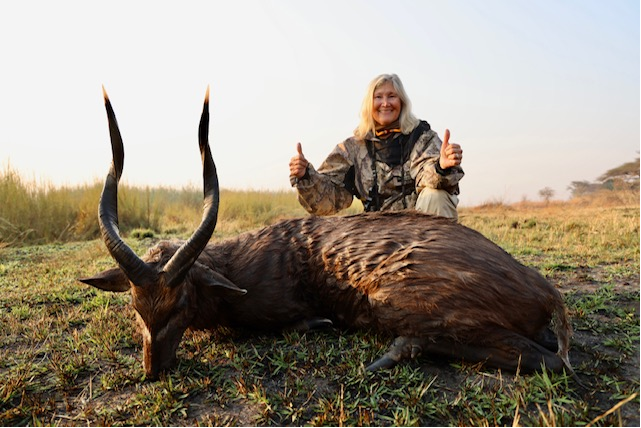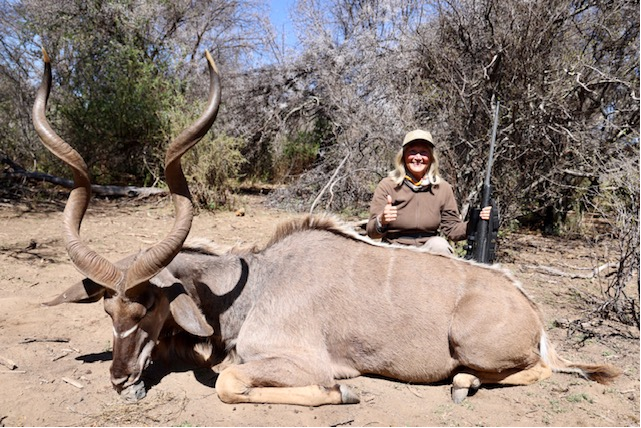Campfire Thoughts & Reminiscences Part 13
Written by Neil Harmse
Chapter 14. ‘The Hat’ – A Dirty, Smelly Old Friend
When it comes to ‘outdoors men’ (sorry, ladies, this is a man thing!), have you ever wondered what it is that sets us apart from one another? I am particularly referring to the older generation of hunters, fishermen, bird-watchers and general outdoors guys. What is it that gives each of us a characteristic, individual look?
Well, I have discovered the reason: over the years, we have become attached to a dirty, smelly old friend from which we simply cannot tear ourselves away.

My favourite hat.
I never realised this until the start of this year’s gamebird hunting season, when John Brelsford – my old hunting and fishing buddy – turned up for its first shoot. At first, I could not quite put my finger on why he looked so different. Then it struck me. He was wearing a brand-new straw hat. John’s normal headgear was a horrible, tattered old straw hat with a broad brim and a few pellet holes through it, splotched with some green and brown paint for camouflage. Without this familiar head apparel, he just was not the same old buddy. He seemed to have changed overnight!
Readers familiar with the hunting stories in Magnum magazine and the many tales by Geoff Wainwright may think about the photos of Geoff with that decrepit, floppy felt hat that has become his trademark. Go back a bit further in years and think about that famous game ranger and herpetologist of the 1930s-1950s, CJP Ionides (or, as he was nicknamed, ‘Iodine’ the Snake Man). He sported the most dilapidated, shapeless and grimiest felt dome on his head, a trademark that made him instantly recognisable.
Another unmistakable character due to his favourite hat was the famous big game hunter and friend of John ‘Pondoro’ Taylor, Fletcher Jamieson, the Rhodesian elephant-hunter. Fletcher always wore a hat with its wide brim turned up in front, which gave him his famous ‘look’. Rumour had it that he wore his hat this way because the lowered brim behind his head allowed him to catch the slightest sound, functioning like the ears on an elephant.
Then it suddenly dawned on me that I, too, have become eccentric because of my favourite choice of ‘lucky’ headgear. My hat started off as a gentleman’s velour felt hat that was fashionable in the 1950s. It belonged to a favourite uncle and on his passing, it found its way into my possession. Over the years, it has become such an old friend that I cannot imagine myself outdoors without it perched on my head.
That hat and I have travelled many wilderness trails together and shared many adventures; it sports a gash on the crown where an angry lioness took a swipe at it when I threw it at her. On cold winter mornings in the veld, I have held the hat over a campfire to warm it up before putting it on my head. The interior leather band shows the burns and scorch marks from this habit. It has been used as a ‘water bowl’ for my pointers to drink out of on a hot day when no dam or river was nearby. Together we have shared sun, rain, sleet, hail and dust storms. On many a day, it has shaded my face while taking a midday snooze under a tree and served as a pillow when I have been sleeping out under the stars on wilderness trails. My hat has become a ‘dirty, smelly old friend’.
I have been admonished by the lady of the house, who insists that the hat should stay outside with the dogs, as such a thing does not belong indoors in our home. However, as a compromise, it now has pride of place on a hat and coat rack at the kitchen door, demonstrating its status over the other less-used pieces of headgear which have yet to gain character, if they ever do.
It saddens me to think that most of the young outdoors men of today will never experience the bond that many of us ‘oldies’ have shared with our dirty, smelly old friends. Today the trend is to step out with a fancy branded cap, or some new, fashionable creation which makes a really great piece of headgear – comfortable and practical – but has much to go through before it gains that characteristic ageing which distinguishes one wearer from another.
Give a thought to your friends and their headgear. Think of your own. Do you have a favourite hat that sets you apart from others? If not, you are missing out on a special bond that could develop over many years and bring back many memories and shared experiences.
To order Campfire Thoughts & Reminiscences – the complete book with illustrations (US $15 excluding S&H), contact Andrew Meyer at andrewisikhova@icloud.com




















